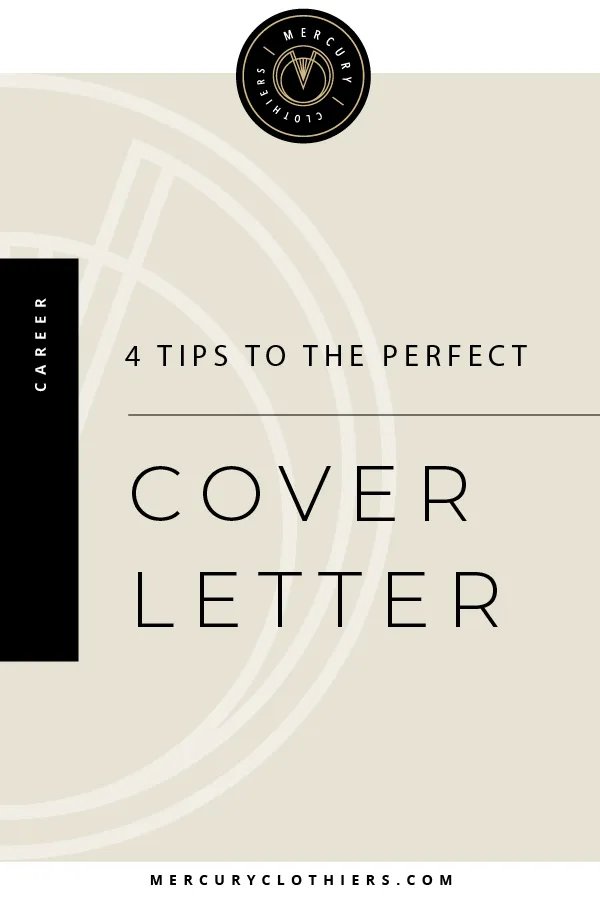What is a Cover Letter?
A cover letter is a crucial document that accompanies your resume when applying for a job. It serves as an introduction, providing an opportunity to elaborate on your qualifications, express your interest in the position, and showcase your personality. Unlike your resume, which provides a summary of your experience, a cover letter allows you to tell a story, connecting your skills and experiences to the specific requirements of the job. It’s your chance to make a strong first impression and persuade the hiring manager that you’re the right fit.
Cover Letter Purpose and Importance
The primary purpose of a cover letter is to get you an interview. It complements your resume by providing context and demonstrating your communication skills. A well-crafted cover letter can significantly increase your chances of landing a job interview. It’s an opportunity to highlight your enthusiasm for the role, explain why you’re interested in the company, and show how your skills and experience align with the job requirements. In a competitive job market, a strong cover letter can set you apart from other candidates.
Key Components to Include
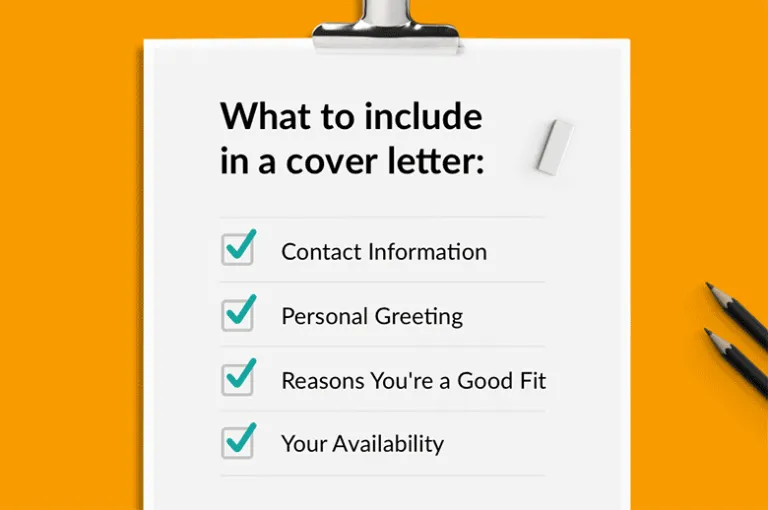
Your Contact Information
Start your cover letter by including your full name, address, phone number, and email address. This information should be clearly displayed at the top of the document, making it easy for the hiring manager to contact you. Ensure that your email address is professional and appropriate for the job application. Double-check all contact details for accuracy to avoid any missed opportunities.
The Hiring Manager’s Contact Information
Whenever possible, address your cover letter to a specific person, the hiring manager or the recruiter. Research the company to find out the name and title of the person responsible for hiring. This personalization demonstrates your attention to detail and initiative. If you can’t find a specific name, using a general greeting like ‘Dear Hiring Manager’ is acceptable, but always try to find a specific contact.
A Professional Salutation
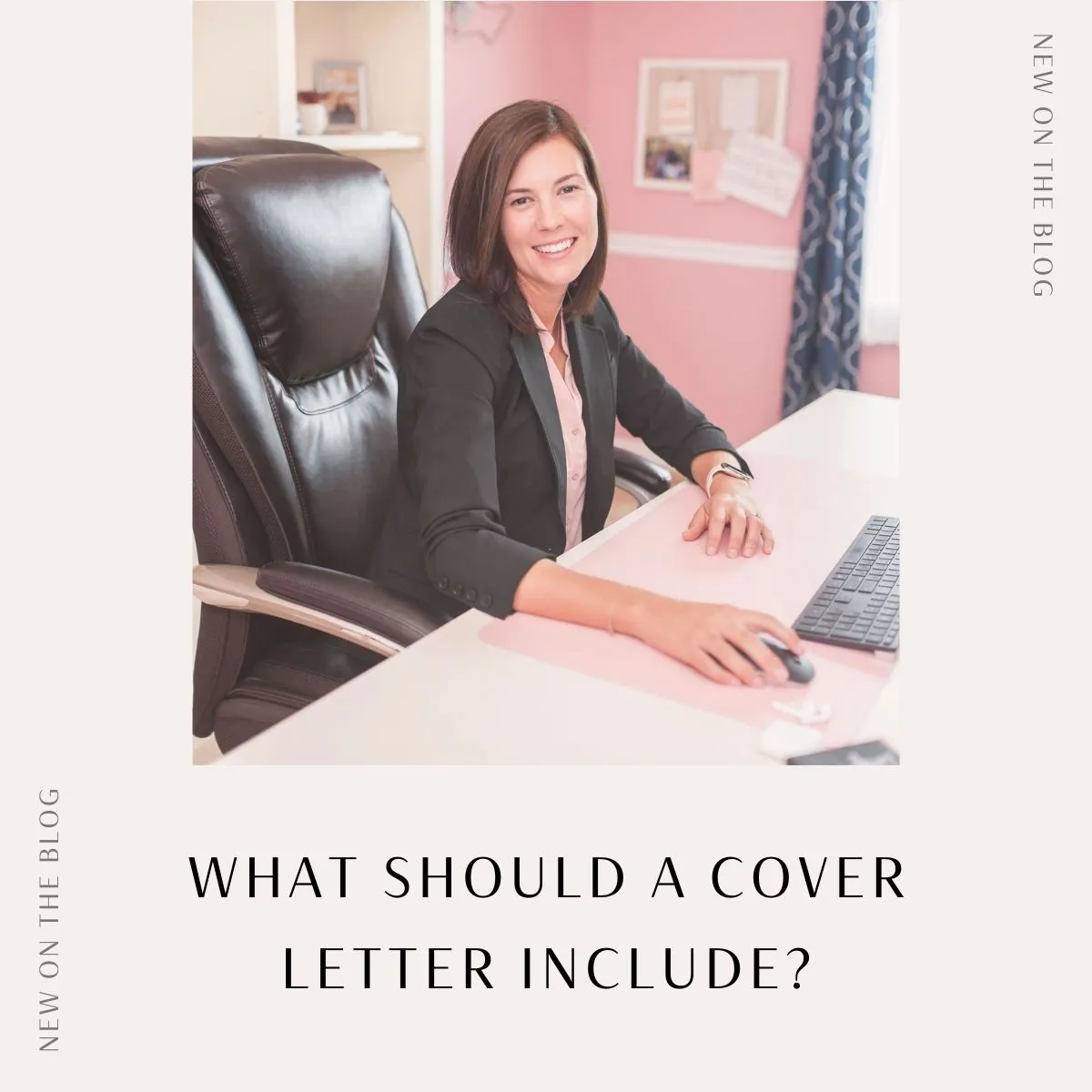
Begin your cover letter with a professional salutation, such as ‘Dear Mr./Ms./Mx. [Last Name],’ if you know the hiring manager’s name. If you don’t know their name, use a general greeting like ‘Dear Hiring Manager’. Avoid casual greetings like ‘Hi’ or ‘Hello’ as they can appear unprofessional. Ensure that you address the recipient correctly to show respect and professionalism.
A Compelling Opening Paragraph
Your opening paragraph is your first chance to grab the hiring manager’s attention. State the position you’re applying for and where you found the job posting. Briefly mention why you’re interested in the role and the company, and include a concise statement of your most relevant qualification or skill. Make it clear from the start why you’re a good fit for the job and why the employer should continue reading your cover letter. Show your personality and enthusiasm in the opening, but keep it focused and professional.
Highlighting Relevant Skills and Experience
The body of your cover letter should elaborate on your skills and experience. Focus on the requirements outlined in the job description and highlight how your qualifications align with them. Provide specific examples of your accomplishments and how you’ve applied your skills in previous roles. Use keywords from the job description to demonstrate that you meet the requirements. Tailor your descriptions to match the role to show the hiring manager that you understand their needs.
Showcasing Your Achievements
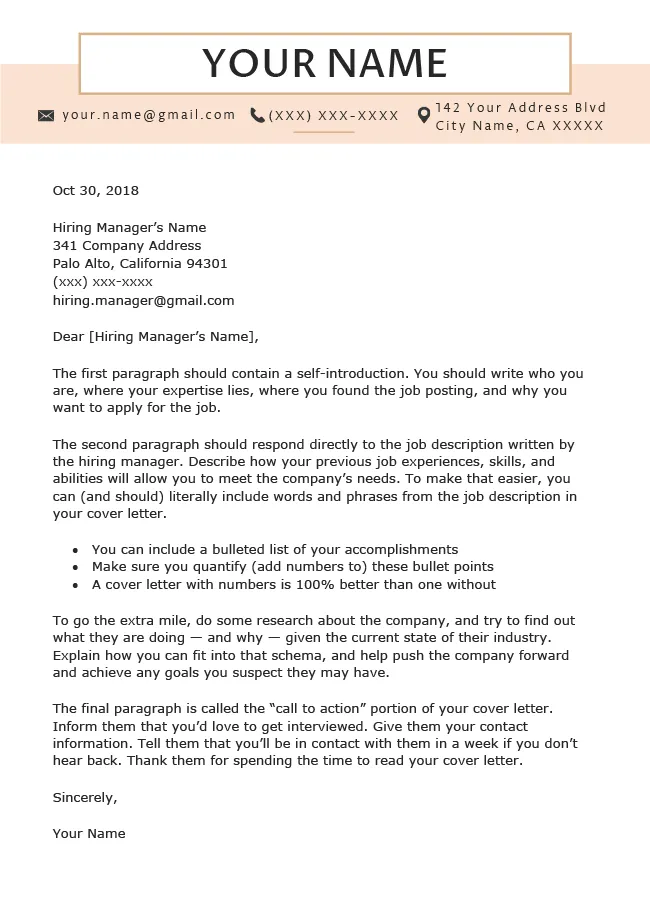
Quantifying Your Accomplishments
Instead of simply listing your responsibilities, focus on your achievements. Use the STAR method (Situation, Task, Action, Result) to describe how you handled situations and what you achieved. Quantify your accomplishments whenever possible. For example, instead of saying ‘Managed social media accounts,’ say ‘Increased social media engagement by 30% in six months.’ Provide concrete evidence of your value to the employer, using numbers, percentages, and specific examples to demonstrate your impact.
Expressing Enthusiasm for the Role
Show genuine enthusiasm for the position and the company. Explain why you’re excited about the opportunity and what specifically interests you about the role and the organization. Research the company’s mission, values, and recent news to demonstrate your understanding and show that you’re genuinely interested in joining their team. This enthusiasm will make you stand out from candidates who submit generic cover letters.
Closing Paragraph and Call to Action
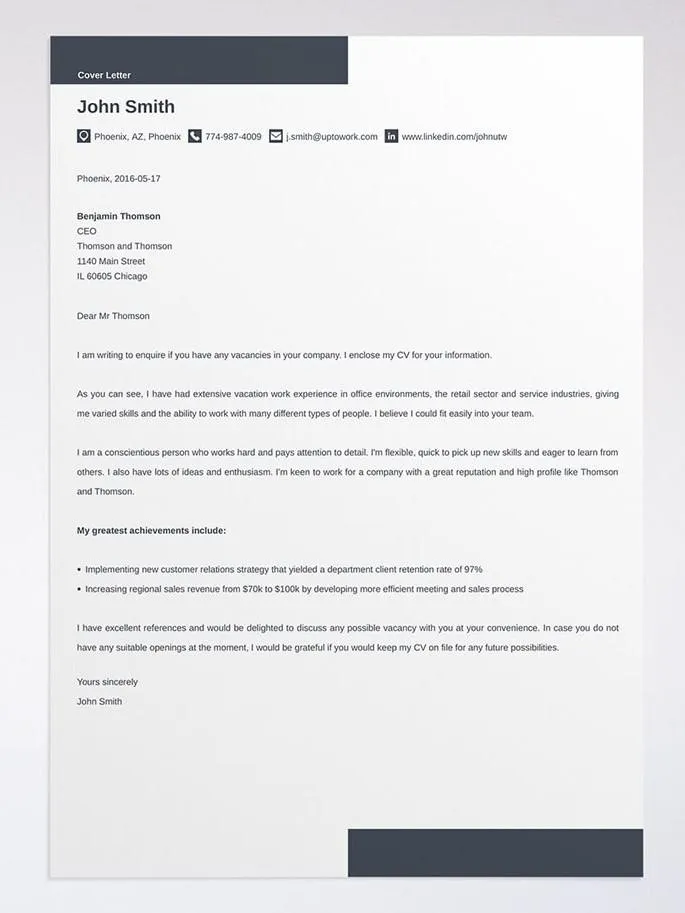
Conclude your cover letter with a strong closing paragraph. Reiterate your interest in the position and express your confidence in your ability to contribute to the company. Include a call to action, such as ‘I am eager to discuss my qualifications further in an interview’ or ‘I look forward to hearing from you soon.’ Thank the hiring manager for their time and consideration. Keep the tone positive and professional, leaving a lasting positive impression.
Formatting and Design Best Practices
Choosing the Right Font and Size
Choose a professional and easy-to-read font, such as Times New Roman, Arial, or Calibri. Maintain a consistent font throughout the document. Use a font size of 11 or 12 points to ensure readability. Avoid using overly decorative or difficult-to-read fonts, as they can detract from the content. Proper formatting is essential to creating a positive first impression.
Maintaining Concise and Clear Language
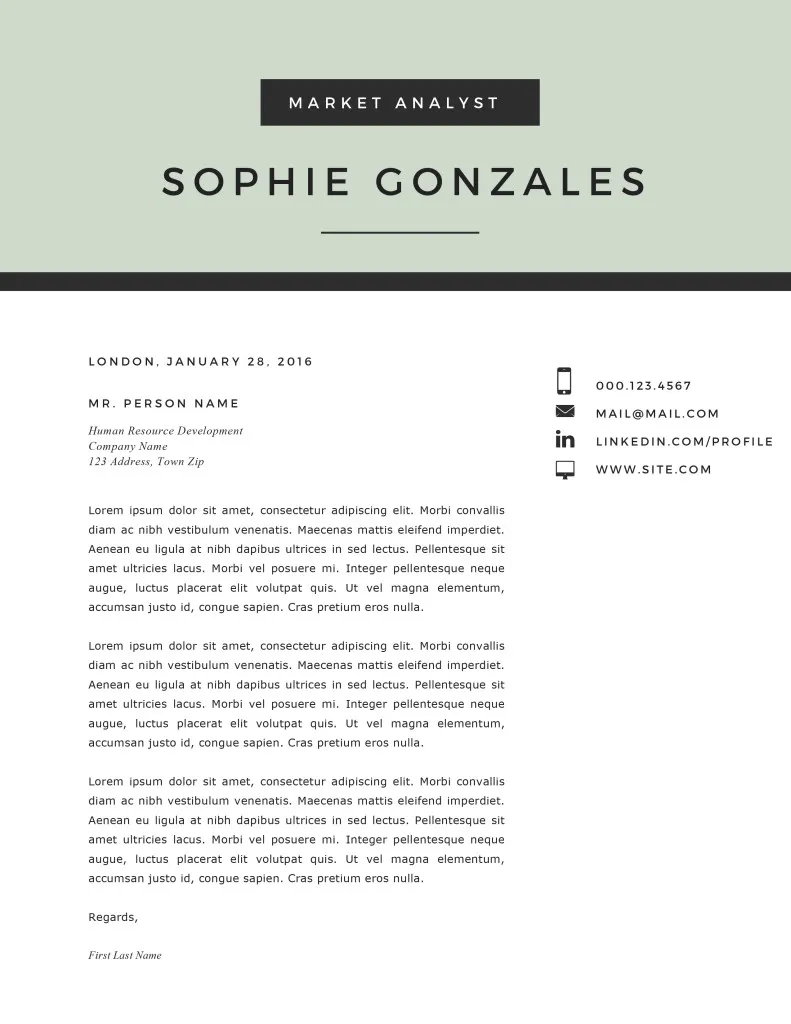
Keep your language clear, concise, and easy to understand. Avoid using jargon or overly complex sentences. Write in a straightforward, professional tone. Use active voice and strong verbs to make your writing more impactful. Ensure each paragraph conveys a clear message and contributes to your overall narrative. Edit your cover letter to remove unnecessary words or phrases.
Proofreading for Errors
Proofread your cover letter carefully for any errors in grammar, spelling, and punctuation. Errors can damage your credibility and make you appear unprofessional. Use spell-check and grammar-check tools, but also read your cover letter aloud to catch any mistakes that might be missed by software. It’s always a good idea to have a friend or career advisor review your cover letter before you submit it. A well-proofread document shows attention to detail.
Tailoring Your Cover Letter to the Job
Researching the Company and Role
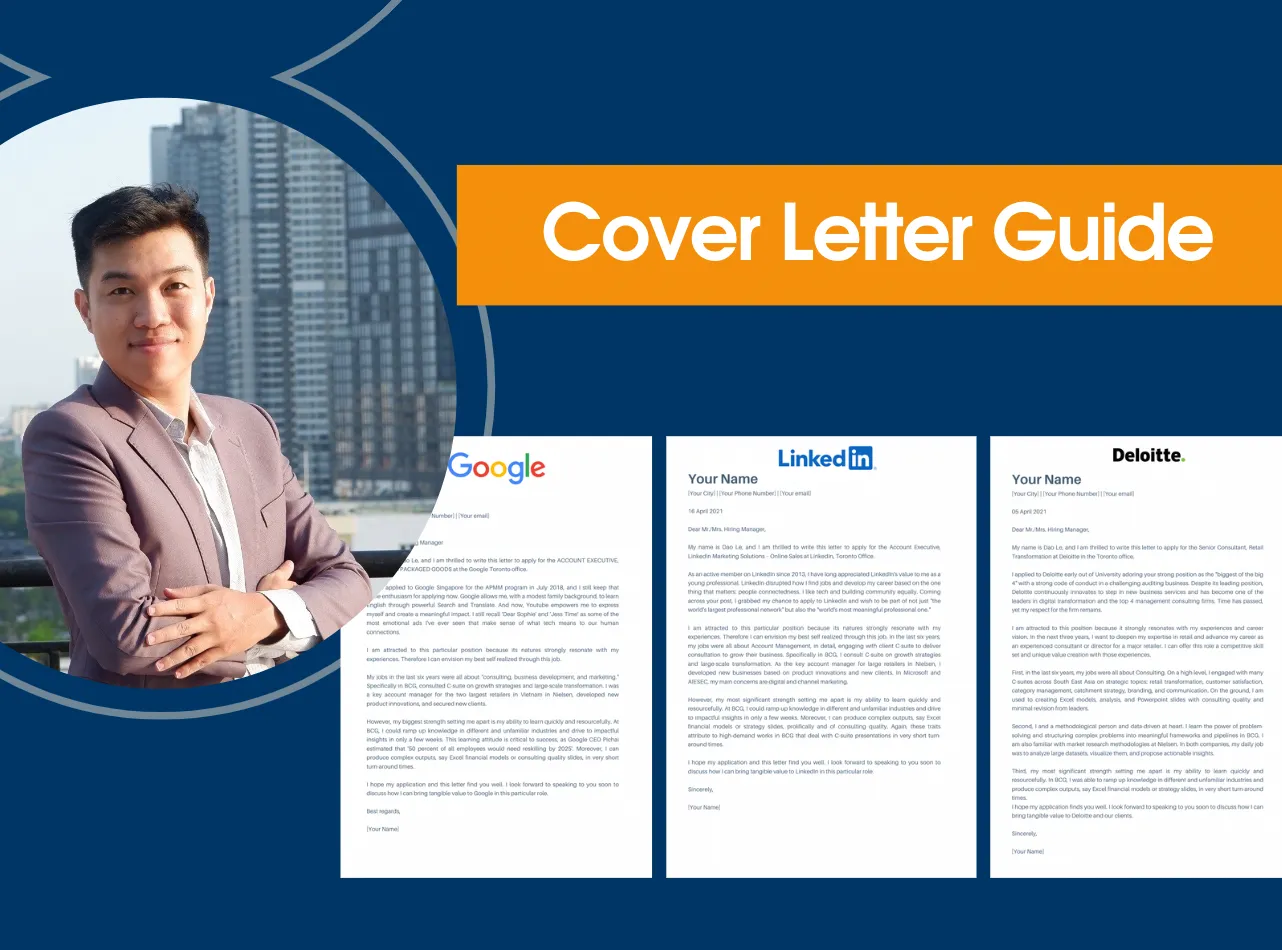
Before you start writing your cover letter, research the company and the specific role. Understand the company’s mission, values, and recent news. Review the job description carefully and identify the key requirements and responsibilities. This research will help you tailor your cover letter to the job, making it clear why you’re a good fit and what you can offer the company. Addressing the specific needs of the employer is key.
Customizing Content for Each Application
Do not use a generic cover letter for all applications. Customize your cover letter for each job you apply for. Highlight the skills and experiences that are most relevant to the specific role and company. Use keywords from the job description to demonstrate that you meet the requirements. Showing that you’ve taken the time to understand the role and tailor your application will significantly improve your chances of getting an interview.
Tips for Different Industries
Tips for Entry-Level Candidates
Entry-level candidates should focus on their academic achievements, internships, volunteer work, and any relevant skills they’ve gained. Highlight any projects, coursework, or extracurricular activities that demonstrate your abilities and potential. Emphasize your eagerness to learn and your enthusiasm for the industry and the role. Tailor your cover letter to reflect your genuine interest in the company and the opportunity to grow.
Tips for Experienced Professionals
Experienced professionals should focus on their accomplishments and demonstrate how they’ve added value to previous employers. Quantify your achievements whenever possible, using numbers and specific examples to illustrate your impact. Highlight your leadership skills, problem-solving abilities, and industry expertise. Tailor your cover letter to the specific requirements of the job and demonstrate how your experience aligns with the company’s needs. Show your ability to drive results and your value to the company.
